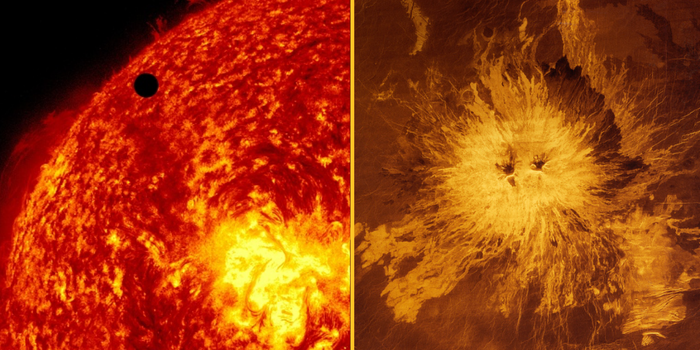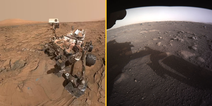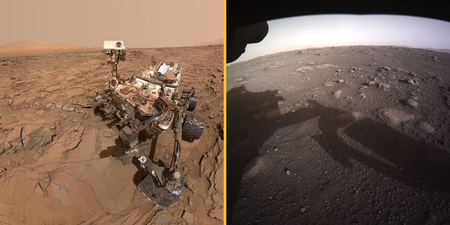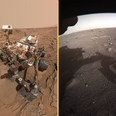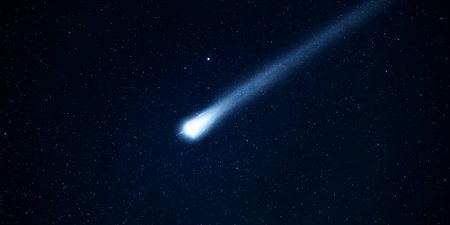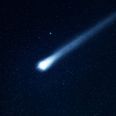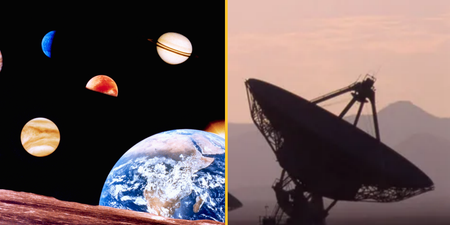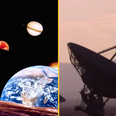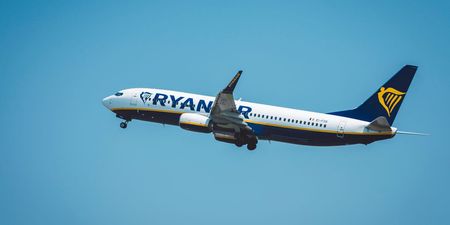The missions are set to take place within the next 10 years
NASA plans to return to Venus for the first time in over 30 years.
This comes after the American space agency announced yesterday that two new missions, each costing up to $500m, are expected to go ahead in the next seven to nine years.
The two missions, which are called DAVINCI+ and VERITAS, are part of NASA’s Discovery Program and aim to find out how Venus became an “inferno-like world” despite having “so many other characteristics similar to Earth”, including an ocean and Earth-like climate.
In a video posted on Twitter, NASA said: “Davinci+ will analyze the thick, crushing, atmosphere of Venus, and determine whether Venus ever had an ocean.”
Meanwhile, Veritas “will visit Venus to map the planet’s geologic history, revealing the inner workings of this brutal world.”
In today's #StateOfNASA address, we announced two new @NASASolarSystem missions to study the planet Venus, which we haven't visited in over 30 years! DAVINCI+ will analyze Venus’ atmosphere, and VERITAS will map Venus’ surface. pic.twitter.com/yC5Etbpgb8
— NASA (@NASA) June 2, 2021
Following the exciting announcement of the new missions, Thomas Zurbuchen, NASA’s associate administrator for science, said: “We’re revving up our planetary science program with intense exploration of a world that NASA hasn’t visited in over 30 years.
“Using cutting-edge technologies that NASA has developed and refined over many years of missions and technology programs, we’re ushering in a new decade of Venus to understand how an Earth-like planet can become a hothouse.”
On Twitter, Zurbuchen said: “Venus, here we come! Congratulations to the DAVINCI+ & VERITAS teams. We’re looking forward to the secrets these missions will reveal about Venus.”
NASA said in a statement: “DAVINCI+ will measure the composition of Venus’ atmosphere to understand how it formed and evolved, as well as determine whether the planet ever had an ocean.
“The mission consists of a descent sphere that will plunge through the planet’s thick atmosphere, making precise measurements of noble gases and other elements to understand why Venus’ atmosphere is a runaway hothouse compared the Earth’s.”
DAVINCI+ will also return the first high resolution pictures of the geological features on Venus, which could be comparable to the continents on Earth, suggesting that the hot planet has plate tectonics.
The statement continued: “VERITAS will map Venus’ surface to determine the planet’s geologic history and understand why it developed so differently than Earth. Orbiting Venus with a synthetic aperture radar, VERITAS will chart surface elevations over nearly the entire planet to create 3D reconstructions of topography and confirm whether processes such as plate tectonics and volcanism are still active on Venus.
“VERITAS also will map infrared emissions from Venus’ surface to map its rock type, which is largely unknown, and determine whether active volcanoes are releasing water vapour into the atmosphere.”
